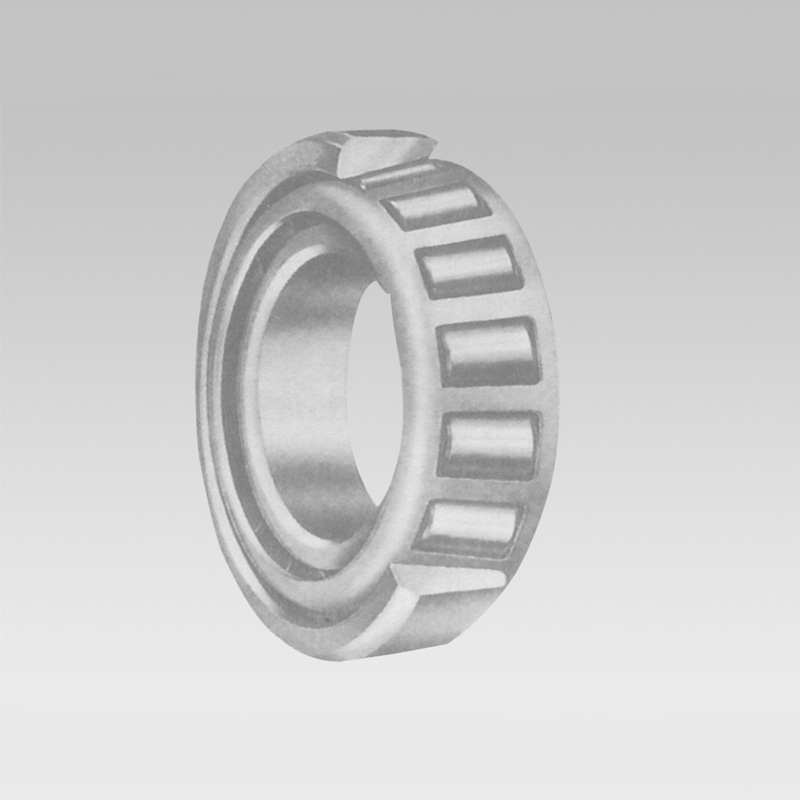
Aug . 20, 2024 22:55 Back to list
Exploring RN 312M Bearings and Their Applications in Modern Engineering
Understanding RN 312 M Bearings A Comprehensive Overview
Bearings are essential mechanical components that facilitate the smooth and efficient movement of machinery parts by reducing friction. Among various types and specifications of bearings, RN 312 M bearings hold significance in numerous industrial applications due to their unique design and robust performance characteristics. This article aims to provide a comprehensive overview of RN 312 M bearings, including their features, common applications, and maintenance tips.
What are RN 312 M Bearings?
The RN 312 M bearing is a type of cylindrical roller bearing characterized by its specific dimensions and ability to carry radial loads. The designation “RN” signifies its design type, while the “312” typically refers to its size and load capacity. The “M” at the end often indicates a particular material composition or design feature, typically associated with a metallic cage or other enhancements that support durability.
Cylindrical roller bearings, like the RN 312 M, are designed to accommodate heavy radial loads and are often used in applications where high speeds and rotational precision are necessary. They consist of an inner and outer ring, a complement of cylindrical rollers, and a cage that holds the rollers in place.
Features of RN 312 M Bearings
1. High Load Capacity One of the key advantages of RN 312 M bearings is their ability to support high radial loads without compromising performance. This is particularly beneficial in heavy machinery and industrial applications.
2. Low Friction Due to their design, cylindrical roller bearings create significantly less friction compared to other bearing types, leading to greater efficiency and energy savings in machinery operation.
3. Durability Made from high-quality materials and engineered to withstand extreme conditions, RN 312 M bearings can have a long service life, reducing the need for frequent replacements and maintenance.
4. Versatile Applications RN 312 M bearings are adaptable for various uses across different industries, including automotive, manufacturing, agriculture, and construction. They can be found in gearboxes, electric motors, and conveyor systems, among other applications.
Common Applications
rn 312 m bearing

1. Automotive Industry In vehicles, RN 312 M bearings can be utilized in wheel hubs, differential systems, and transmission assemblies. Their ability to handle the high demands of rotational movement contributes to the overall performance and longevity of vehicles.
2. Industrial Machinery These bearings play a crucial role in various types of industrial equipment such as pumps, compressors, and turbines. Their reliability ensures that machinery operates smoothly, minimizing downtime and enhancing productivity.
3. Agricultural Equipment RN 312 M bearings are found in different agricultural machinery, where they help ensure efficient operation in challenging environments, such as those subject to dust, moisture, and diverse weather conditions.
Maintenance Tips for RN 312 M Bearings
To maximize the lifespan and performance of RN 312 M bearings, proper maintenance is essential. Here are some tips
1. Regular Inspections Conduct routine checks for signs of wear, damage, or lubrication issues. Early detection of problems can prevent larger failures.
2. Proper Lubrication Ensure that bearings are adequately lubricated using the manufacturer-recommended lubricant. Insufficient lubrication can lead to increased friction and premature wear.
3. Temperature Monitoring Keep an eye on operating temperatures, as excessive heat can indicate underlying issues. Regular temperature checks can help maintain optimal performance.
4. Avoid Overloading Ensure that the load applied to the bearings does not exceed their rated capacity. Overloading can lead to rapid degradation and potential failure.
Conclusion
RN 312 M bearings represent a reliable choice for a wide range of applications across multiple industries. Their ability to handle high loads, coupled with low friction characteristics, makes them indispensable in modern machinery. By understanding their features and embracing effective maintenance practices, users can ensure their longevity and efficiency in various industrial environments.
Latest news
-
Common Failures in Thrust Ball Bearings and Solutions
NewsAug.22,2025
-
How Tapered Roller Bearings Can Take Shock Loads
NewsAug.22,2025
-
Angular Bearings in High-Precision Spindles
NewsAug.22,2025
-
The Impact of Misalignment on Cylindrical Roller Bearing Performance
NewsAug.22,2025
-
The Role of Cage Design in Deep Groove Ball Bearing Durability
NewsAug.22,2025
-
The Impact of Material Quality on Machinery Bearings’ Lifespan
NewsAug.22,2025
